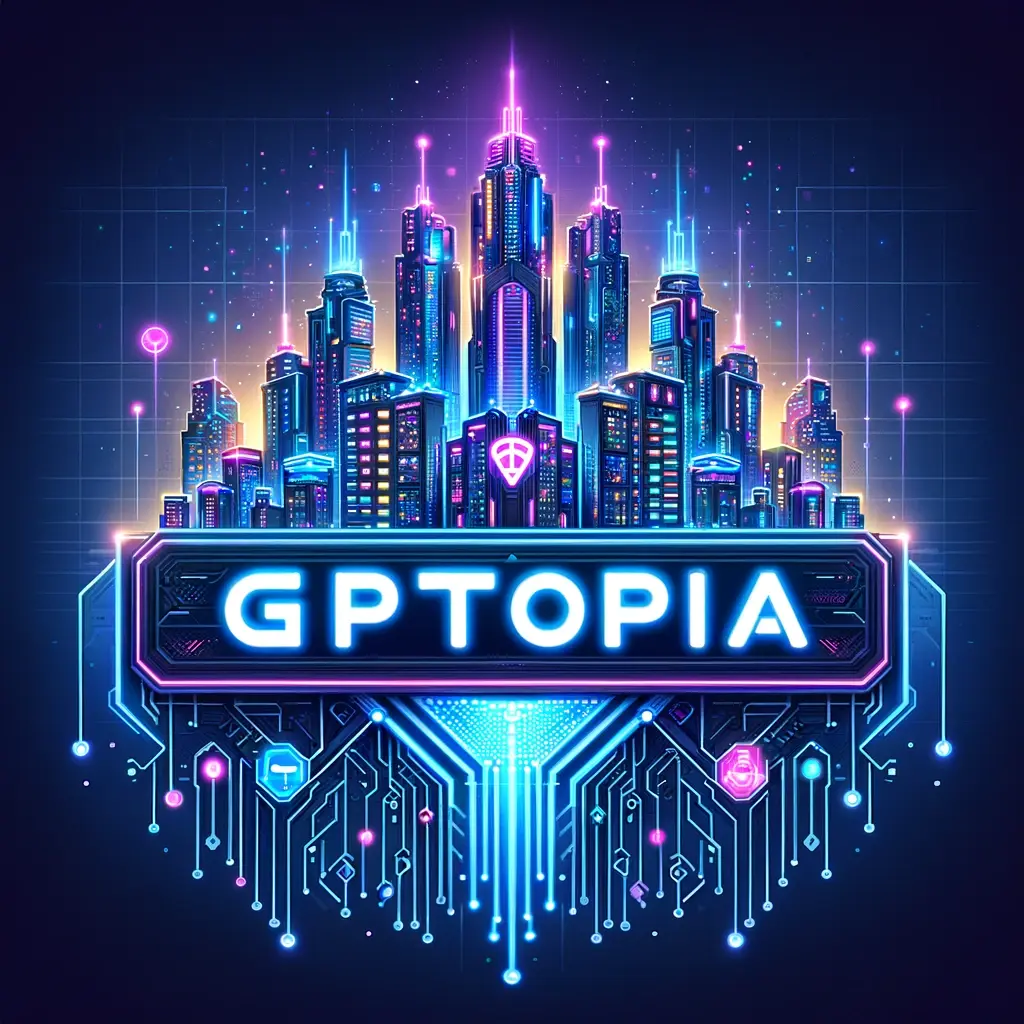complete article index can be found at
https://ideabrella.com/papers/articles
Large Concept Models (LCMs): ZEN 💡
·
Large Concept Models (LCMs): Redefining AI Through Concept-Based Processing
Large Concept Models (LCMs) represent a paradigm shift in artificial intelligence (AI), moving beyond traditional token-based processing to operate on higher semantic levels.
This novel approach introduces “concepts” as fundamental units of understanding, enabling AI to process and reason about language and data in a manner that closely mirrors human cognition.
Developed by Meta AI, LCMs address critical limitations of token-based Large Language Models (LLMs), such as inefficiencies in long-context tasks and difficulties in multilingual and multimodal applications.
This article explores the architecture, applications, and transformative potential of LCMs.
What Are Large Concept Models (LCMs)?
Concept-Based Processing
At the core of LCMs is the transition from token-level processing to concept-level understanding. A “concept” is a language- and modality-agnostic representation of a higher-level idea or action.
For this research, a concept is operationalized as a sentence or a semantic unit.
Key Features:
Language- and Modality-Agnostic: Concepts transcend specific languages or data types, facilitating cross-lingual and multimodal applications.
Higher-Level Abstraction: By focusing on sentences or ideas, LCMs handle context and meaning more effectively than token-based models.
SONAR Embedding Space
LCMs leverage the SONAR embedding space, designed to support up to 200 languages in text and 57 in speech.
This embedding space provides a unified representation for both text and speech data.
Auto-Regressive Sentence Prediction
LCMs are trained to perform auto-regressive sentence prediction within the SONAR embedding space.
This involves predicting the next semantic unit based on preceding concepts.
Hierarchical Architecture
LCMs employ a hierarchical structure that mirrors human reasoning processes.
This design improves coherence in long-form content and enables localized edits without disrupting broader context.
Advantages of Large Concept Models
Multilingual and Multimodal Applications
LCMs excel in:
Cross-Lingual Tasks: Seamlessly processing and generating text in multiple languages without retraining.
Multimodal Tasks: Integrating text and speech data for applications like real-time translation and transcription.
Long-Context Understanding
By processing entire concepts rather than individual tokens, LCMs efficiently manage:
Document Summarization: Capturing the essence of lengthy texts.
Summary Expansion: Adding detail and context to condensed information.
Efficiency in Processing
Concept-level modeling reduces sequence lengths, leading to:
Lower Computational Costs: Particularly advantageous for long-context tasks.
Improved Scalability: Handling larger datasets and more complex tasks.
Applications of Large Concept Models
Research and Innovation
LCMs drive advancements in:
Scientific Research: Summarizing and synthesizing data from diverse sources.
Example: Climate modeling, where LCMs integrate multilingual datasets to predict global trends and propose actionable strategies.
Healthcare: Analyzing medical records and literature to identify emerging patterns and potential treatments.
Adaptive Systems
LCMs enable adaptive AI systems that:
Personalize Experiences: Tailor interactions based on user preferences.
Example: Virtual assistants providing multilingual, context-aware responses.
Optimize Workflows: Streamline decision-making processes in dynamic environments.
Multimodal Applications
Real-Time Translation: Combining text and speech processing to provide accurate, seamless translations.
Video Analysis: Integrating visual and textual data for content tagging and summarization.
Predictive Modeling
Economic Forecasting: LCMs analyze global economic indicators to predict market trends and recommend strategies for financial stability.
Disaster Management: Using long-context understanding to model natural disasters and optimize emergency response plans.
Education: Predicting student performance trends to adapt curricula dynamically.
Challenges in Implementing LCMs
Training and Data Requirements
Large Datasets: LCMs require vast, diverse datasets to fully leverage their potential.
Complex Training Processes: Auto-regressive sentence prediction in the SONAR space demands sophisticated training techniques.
Ethical Considerations
Bias in Data: Ensuring diverse and representative training datasets to minimize bias.
Transparency: Providing clear explanations for decisions made by LCMs.
The Future of LCMs
Hybrid Architectures
Future AI systems will integrate LCMs with traditional models to combine:
Conceptual Understanding: From LCMs.
Token-Level Precision: From traditional LLMs.
Lifelong Learning Systems
LCMs could evolve into systems that:
Adapt Continuously: Integrating new data and user feedback to improve over time.
Collaborate Across Domains: Bridging gaps between industries and disciplines.
Ethical AI Development
The rise of LCMs necessitates:
Responsible Deployment: Balancing innovation with accountability.
Inclusive Design: Ensuring accessibility and fairness in AI applications.
Advanced Multimodal Integration
LCMs will expand their ability to process and reason across:
Visual Data: Enhancing capabilities in video summarization and image captioning.
Sensor Data: Integrating IoT data streams for applications in smart cities and industrial automation.
Spatial Data: Enabling AI to interpret and interact with physical spaces more intuitively.
Conclusion
Large Concept Models redefine AI by shifting from token-based to concept-based processing, offering unparalleled advantages in understanding, efficiency, and adaptability.
With applications spanning research, adaptive systems, predictive modeling, and multimodal tasks, LCMs hold the potential to transform industries and improve global collaboration.
As we continue to refine and expand this technology, LCMs represent a critical step toward creating more intelligent, ethical, and human-centric AI systems.









